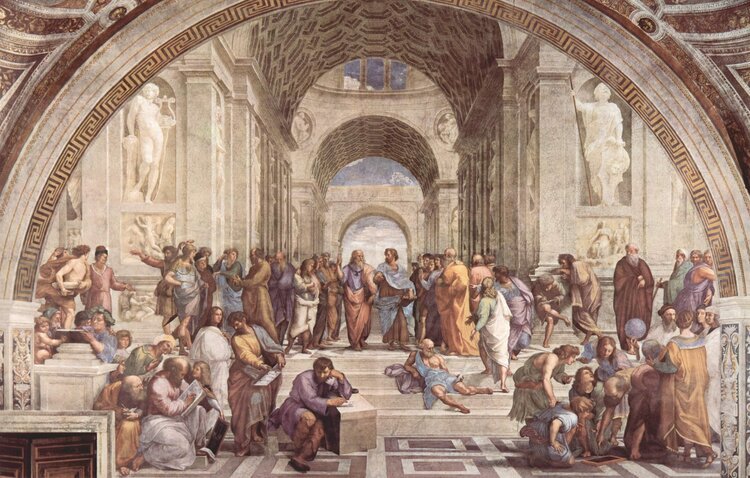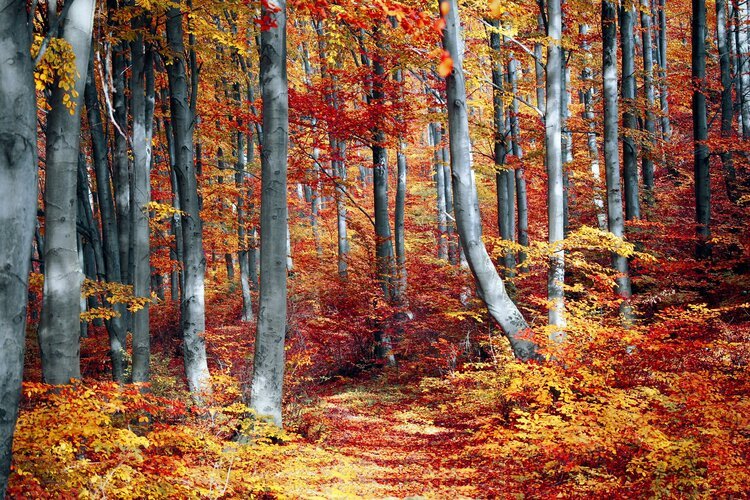What Really Is The Significance Of Contemporary Indian Art?
Contemporary Indian art is an art that has been made during our existence and continues to be developed in our lifetimes. This is a type of art that began in the 1960s or 1970s and has survived to the present day. Day by day, this work is becoming more visible. Artists, both established and up-and-coming, are coming up with novel concepts. It shows how Indian artists are no longer restricted to a single medium, such as oil on canvas or watercolor on paper since they are no longer afraid of losing their innate strength and willingness to experiment; instead, they are more excited and eager to explore new ideas and concepts. New media is on the way, yet old media is still thriving. Ordinary media and materials appear to be recreated and reinterpreted in an unexpected way.
What is Indian Contemporary Art, and how does it differ from other forms of art?
It is a kaleidoscope of colors, shapes, components, and compositions, resulting from years of the cultural and religious variety. For millennia, the aesthetic expression of Indian artists has both fascinated and perplexed the rest of the world, whether it be a relic from the Harappan Civilization or a relic from the Mughal Empire. The nation is rich with inspiration, and young Indian artists have earned worldwide fame and acclaim. Indian contemporary art is now rubbing elbows with the world's elite at luxury galleries and museums all around the world.
In reality, Indian art collectors and galleries, such as the National Gallery of Modern Art, are honouring and supporting famous pieces of art and artists, allowing them to not only get notoriety but also make a livelihood from their work. This is a great time for the many artists who have worked hard over years to reach this level of success.
Contemporary Art In Architecture And Fashion:-
Apart from paintings and sculptures, India's fashion and architectural industries grew rapidly throughout the 1980s. Admission applications to prestigious fashion and architecture schools are pouring in, and new schools are springing up to accommodate the rising demand for professional courses in both fields. The rise of contemporary art in the country benefited a variety of industries, and it can be said that it was a major factor in the country's rapid growth and development in recent decades.
Indian Contemporary Art's Beginnings:-
After the founding of the Bombay Progressive Artists' Group in 1952, the tale of Indian contemporary art began. Six famous contemporary painters created and established the group: F. N. Souza, S. H. Raza, M. F. Husain, K. H. Ara, H. A. Gade, and S. K. Bakre. Later on, the ensemble enlisted the help of a few additional artists. Manishi Dey, Ram Kumar, Akbar Padamsee, and Tyeb Mehta were the winners. This art genre first appeared in post-colonial India, when famous contemporary painters pioneered new ways of expressing themselves.
Contemporary artists, on the other hand, have totally taken over-imaginative India and produced pictures linked to it. On the other side, other artists opted to depict the hardships and social shame of Indian society in everyday life. Young painters, or those working now, are more focused on depicting the real-life circumstances that Indians face on a daily basis.
The International Presence:-
It is not incorrect to claim that contemporary art is today's art. Indian contemporary art has grown in popularity and international recognition in recent years. It attracted the attention of art collectors, critics, curators, and auction houses from all around the world. It has forged a lengthy path from paintings to sculptures, pottery to eating ceramics. The effervescence of Indian contemporary art has captivated the public and received surprising accolades from art reviewers all around the world. Cross-pollination of diverse regional styles that represent the notion of a unified India provided the most advantage.
T.V Santhosh, Atul Dodiya, Subodh Gupta, and Jitish Kallat are among the most sought-after Indian contemporary painters. These artists are recognized for hypnotizing a worldwide western audience with their unrivalled style and diverse range of subjects, all while preserving the essentiality of Indian excellence.
What is it about contemporary art that makes it so appealing?
Present Representation:-
Contemporary paintings are a reflection of the present. Unlike previous types of art, which focused on historical events, religious epics, or past occurrences, modern art observed how common people conducted their daily lives. The topic might be good or negative, but the artwork does represent the era in which we live. As a result, anyone in the future can gaze at today's modern paintings and receive a peek of human existence in the twenty-first century.
Attractive and aesthetically pleasing:-
Although the contemporary type of art is more focused on the understanding or the interpretation that lies inside, we nevertheless regard contemporary paintings as a delight for the eyes. The vibrant brushstrokes, non-uniformity in the patterns, and complex motifs reveal the painters' beautiful imaginations.
Motivational:-
No one can dispute that viewing a contemporary painting provides a unique and creative perspective on the work. Even psychiatrists have agreed that looking at modern artworks may help people think more creatively. The most well-known modern practitioners or painters are sometimes quoted as claiming that a painting by a competitor or counterpart inspired them to create something more innovative.
Soothing:-
Another defining feature of contemporary painting that makes it pleasant is its contemplative appeal. While Looking for contemporary artworks the majority of the art you will come across will be so abstract and profound that it will put your mind in a condition kindred to that of meditation. Many art experts claim that contemporary artworks offer a sensation of tranquility and calmness when they are alone with them creating it.
Making connections with others:-
When you gaze at a beautiful modern picture, you can't help but be drawn to the artist. Contemporary painting's creativity is so captivating and fulfilling that viewers feel a conscious connection with the artist in a way that no other kind of art can.
The effect of splendor:-
Traditional art styles were lovely, but virtually all of the paintings had a feeling of repetition about them. Contemporary form, on the other hand, displays the artist in a completely different light each time. The contemporary artworks are unique in terms of concept, thinking, and the message they wish to communicate.
It brings you joy:-
Living in the present period is a blessing for someone who enjoys art. Contemporary art provides an inexplicable and deeply embedded form of happiness within your heart. The fact that the contemporary style is nothing more than an aesthetic depiction of the present makes you feel as if you're witnessing something more than a piece of art.
The contemporary painting style is the documentation of our lives that will be available to future generations. Whether it is the value, the price, or the aesthetic found in the burst of colors, contemporary art is one of the most well-evolved types of art that has been able to pass through many styles and topics.





